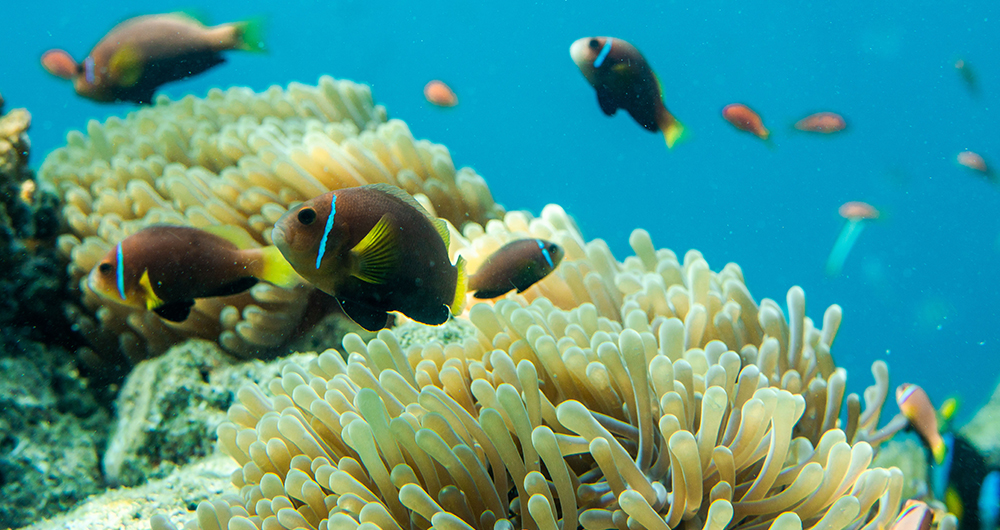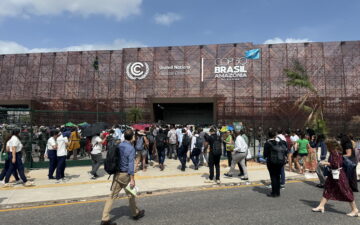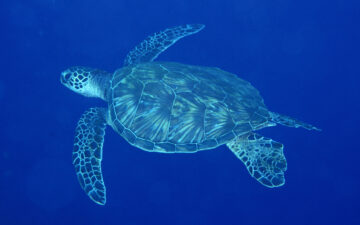Is your sunscreen killing coral reefs? The likely answer, unless you are already sunscreen- reef savvy, is yes. After decades of research to develop the most effective sunscreens, it turns out that the chemicals best designed to protect you from a heavy dose of burning rays and potential skin cancer are toxic to coral reefs. Just a small amount of certain chemicals is enough to cause corals to bleach, losing their symbiotic algal energy source and become more susceptible to viral infections.
Today’s sunscreens belong to two major categories: physical and chemical. Physical sunscreens contain tiny minerals that act as a shield deflecting the sun’s rays. Chemical sunscreens use synthetic compounds that absorb UV light before it reaches the skin.
The problem is these protectorates wash off in the water. For example, for every 10,000 visitors enjoying the waves, about 4 kilograms of mineral particles wash into the beach each day.1 That may seem relatively small, but these minerals catalyze the production of hydrogen peroxide, a well-known bleaching agent, at a concentration high enough to harm coastal marine organisms.
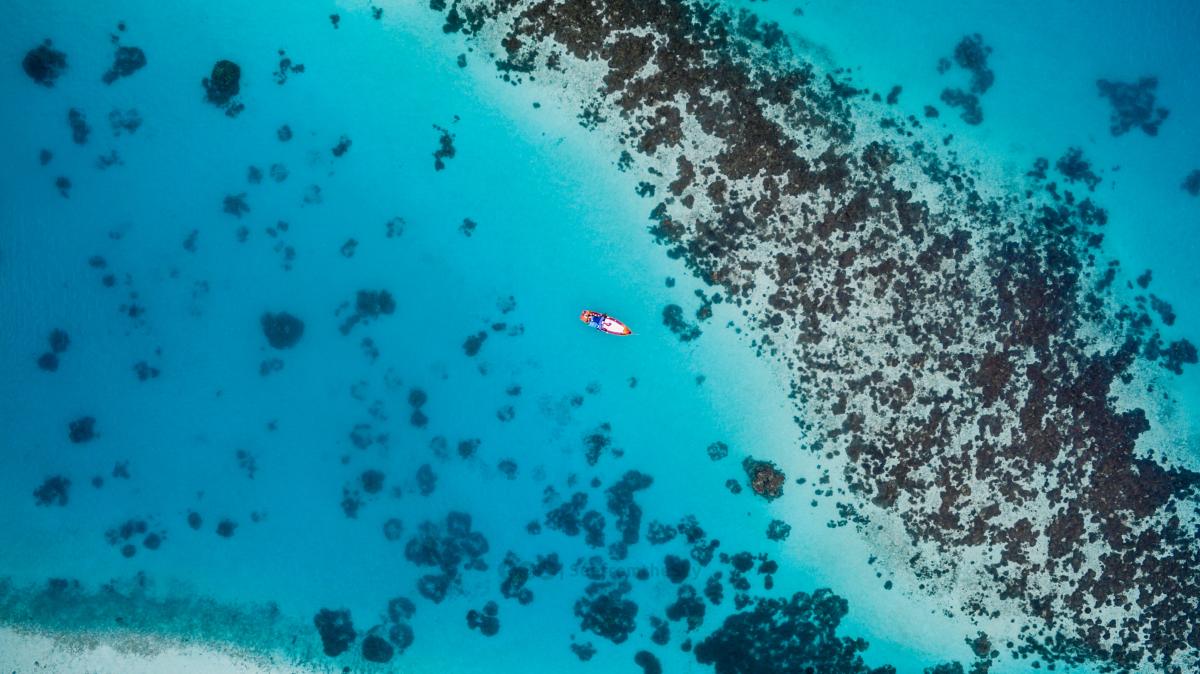
One of key ingredients in most chemical sunscreens is oxybenzone, a synthetic molecule known to be toxic to corals, algae, sea urchins, fish and mammals. A single drop of this compound in more than 4 million gallons of water is enough to endanger organisms.
An estimated 14,000 tons of sunscreen is believed to be deposited in oceans annually with the greatest damage found in popular reef areas such as Hawaii and the Caribbean.
In 2015, the nonprofit Haereticus Environmental Laboratory surveyed Trunk Bay beach on St. John, USVI, where up to 5,000 people swim daily. An estimated over 6,000 pounds of sunscreen was deposited on the reef annually.
The same year, it found that an average of 412 pounds of sunscreen was deposited daily on the reef at Hanauma Bay, a popular snorkeling destination in Oahu that draws an average of 2,600 swimmers a day.
Certain preservatives in sunscreens can also be toxic to reefs and humans. Parabens such as the commonly used methyl paraben and butyl paraben are fungicides and anti-bacterial agents that extend the shelf life of a product. Phenoxyethanol was originally used as a mass fish anesthetic.
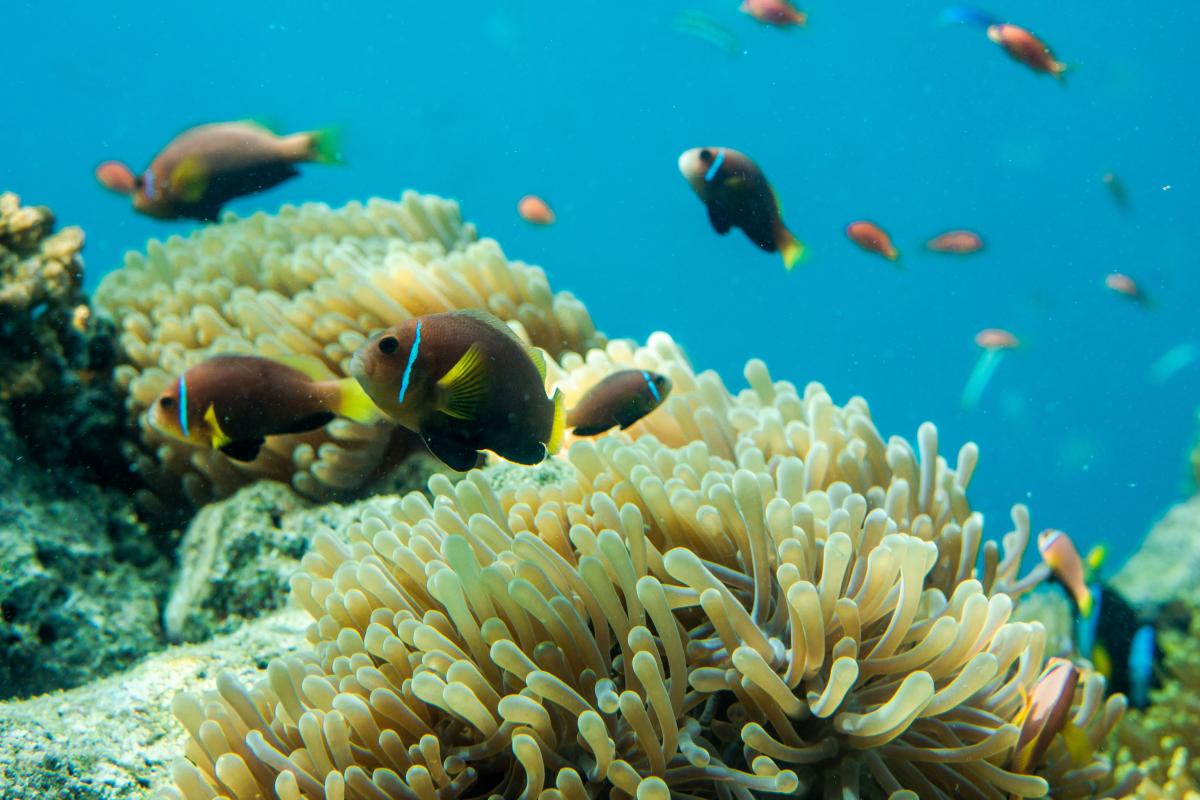
The Pacific archipelago nation of Palau was the first country to ban “reef-toxic” sunscreen. Signed into law in October 2018, the law bans the sale and use of sunscreen that contains any of 10 banned ingredients, including oxybenzone. Tourists who bring banned sunscreen to the country will have it confiscated, and businesses that sell the products will be fined up to $1,000. The law will go into effect in 2020.
On May 1, Hawaii passed a bill banning the sale and distribution of sunscreens containing the chemicals oxybenzone and octinoxate. The new Hawaii sunscreen new rules will go into effect Jan. 1, 2021.
SOLUTION TIP: Sunscreen Should Be Your Last Resort
Clothing, such as shirts, hats, pants, can shield your skin from damaging UV rays. An umbrella can also protect you from nasty sunburns. Plan your day around the sun. Go outdoors in early morning or late afternoon when the sun is lower in the sky.
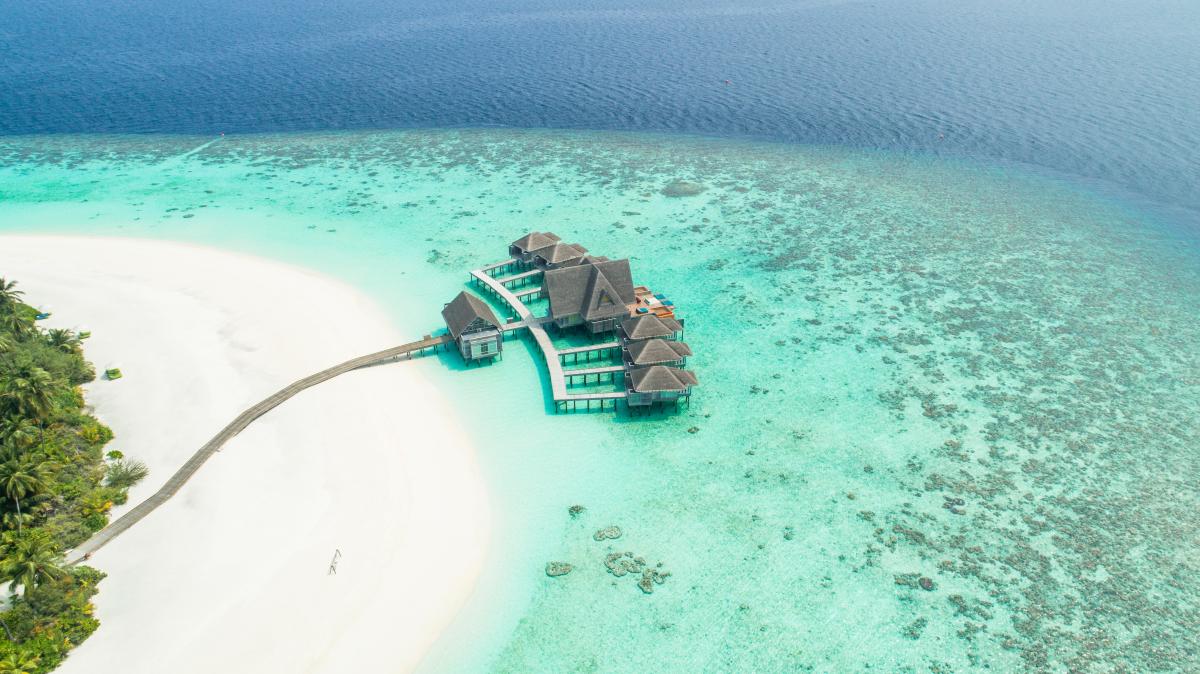
But if you are still seeking that tan, how to work through the sunscreen maze?
First, forget aerosols. The chemical ingredients expelled are microscopic, inhaled into the lungs, and dispersed airborne into the environment.
Second, consider products that include mineral sunblocks with zinc oxide and titanium dioxide. They must be “non-nano” in size to be considered reef-safe. If they are below 100 nanometers, the creams can be ingested by corals. Also check the list of ingredients for any of the preservatives already mentioned.
Third, visit the website of The Safe Sunscreen Council. This is a coalition of companies with a shared mission to study this issue, raise awareness within the skin care industry and consumers and support the development and adoption of safer ingredients for people and planet.
1Four kilograms is about 9 pounds and is about the weight of your holiday ham or turkey.
